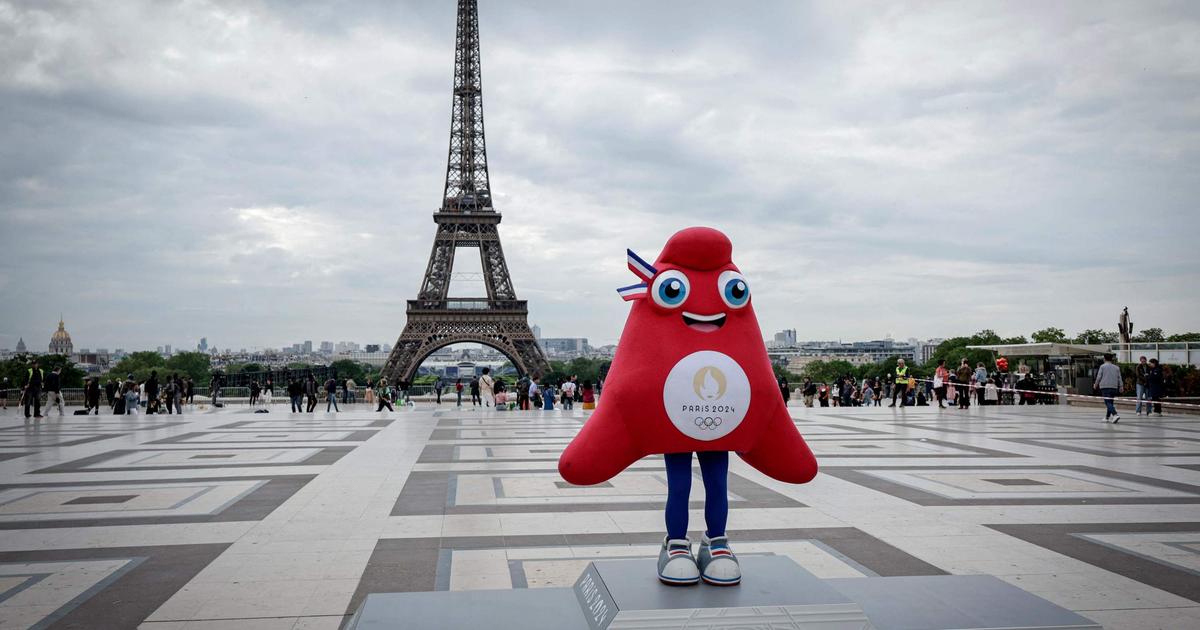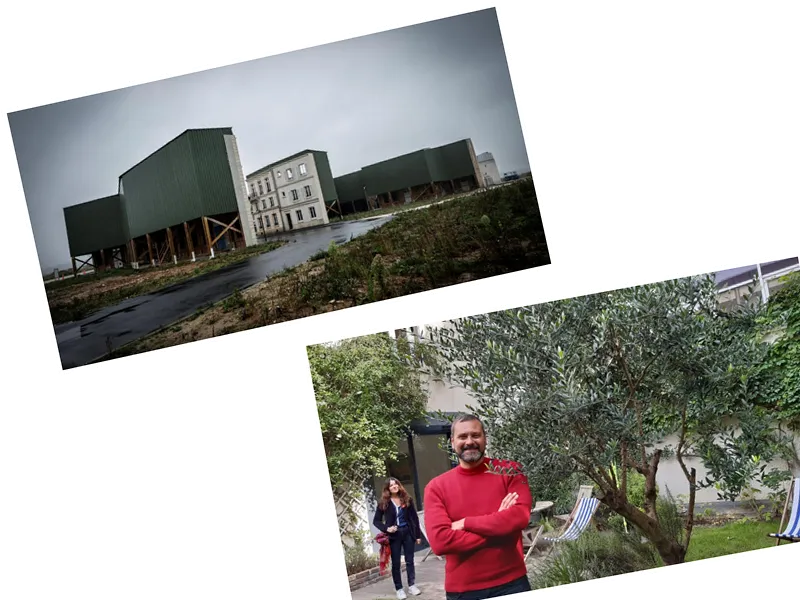The Paris 2024 Olympic and Paralympic Games have unveiled their podiums, crafted entirely from recycled plastic. Built from 40 tonnes of recycled plastic by the company Le Pavé, based in Aubervilliers, these podiums feature motifs inspired by the Eiffel Tower. A total of 68 podiums were manufactured, showcasing a sustainable and innovative approach.
The unique design of the podiums includes a facade adorned with 'metallic lace' patterns of the Eiffel Tower, created by the company Global Concept in Eure-et-Loir. These were then assembled with plywood support by Giffard, a company based in Orly. Tony Estanguet, president of the Organizing Committee, proudly highlighted that the podiums are '100% made in France.'
Designed to be modular, the podiums will cater to both individual and team events, with sizes ranging from 3.60 meters to 33 meters for the largest football podium. Their neutral colors, white and gray, were chosen to complement the Art Deco tones of the Games. The gray top references the iconic zinc roofs of Paris, adding a touch of local flavor.
The podiums are meant to have a life beyond the Games, although their exact future remains undecided. Former para-swimming champion Ludivine Munos emphasized the symbolic importance of these podiums for athletes, portraying them as the culmination of their efforts and dreams.
These podiums also tie into the design of the Olympic medals, which incorporate a piece of the Eiffel Tower, further emphasizing Paris's cultural heritage. The intricate design work included combining elements from the Debilly footbridge with the Eiffel Tower structure, giving the podiums a distinctive, aesthetically appealing front.
Procter & Gamble, a Games partner, collaborated with several French companies to create these podiums. Béatrice Dupuy, president and general manager of P&G France, expressed pride in contributing to a fully sustainable and locally sourced project. The company's French factories played a significant role in making this vision a reality.
Le Pavé, which spearheaded the transformation of recycled plastic, used waste such as shampoo bottles and colored caps to create the white and gray panels for the podiums. This enterprise is no stranger to Olympic projects, having also produced plates for the seats at the Olympic aquatic center and furniture for the athletes' village. Jim Pasquet, co-founder of Le Pavé, described the podium project as an 'incredible showcase' of their industrial and circular know-how.
- The creative teams faced the challenge of making the Olympic podiums both functional and symbolic. By integrating the Eiffel Tower's vertical elements horizontally, they achieved a subtle, elegant design that echoes the emblematic monument of Paris.
- The materials used for the podiums were primarily sourced from recycled plastics, emphasizing the Games' commitment to sustainability. This approach not only highlights the importance of recycling but also sets a precedent for future large-scale events to prioritize environmentally friendly practices.
- The collaboration involved multiple French companies, demonstrating a unified national effort toward hosting the Games. This project showcases France's industrial capabilities and innovative approach to sustainable design.
- The podiums' modular design allows flexibility in their use during the Games, with the ability to cater to various sports and team sizes. This adaptability ensures that the podiums will serve multiple purposes throughout the event, maximizing their utility and symbolic impact.






